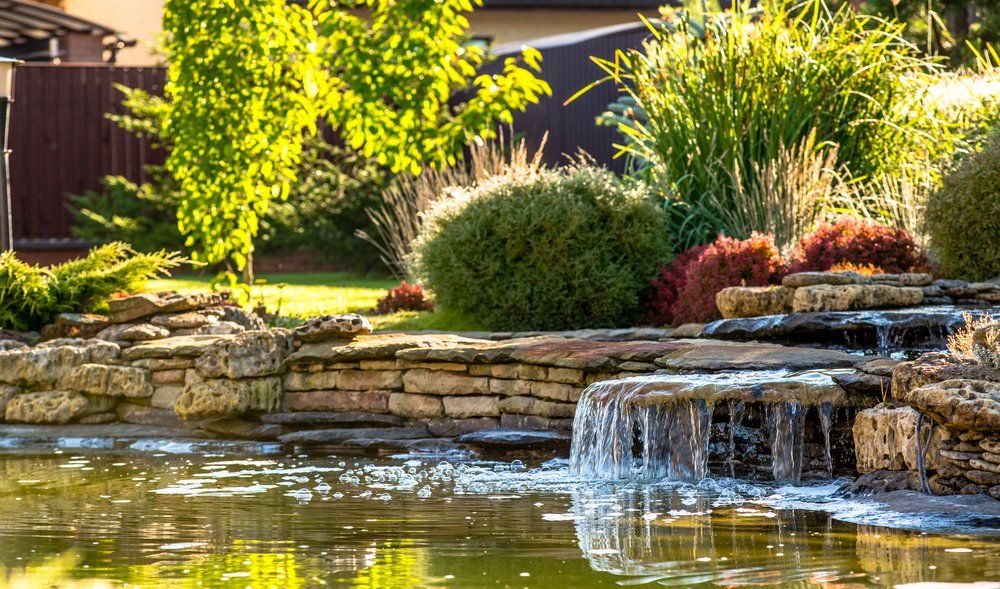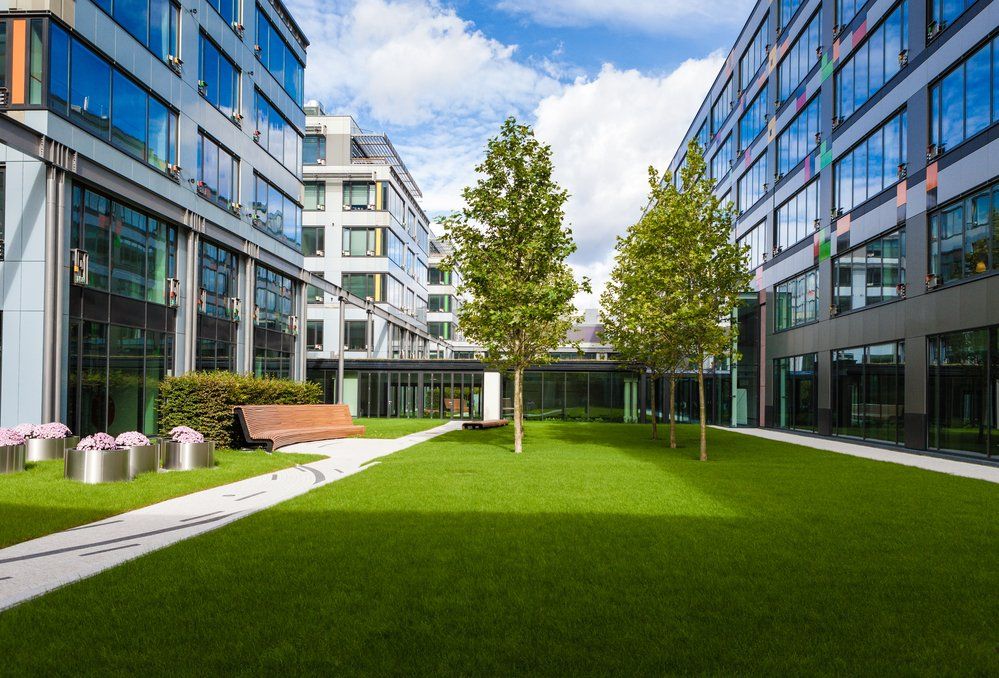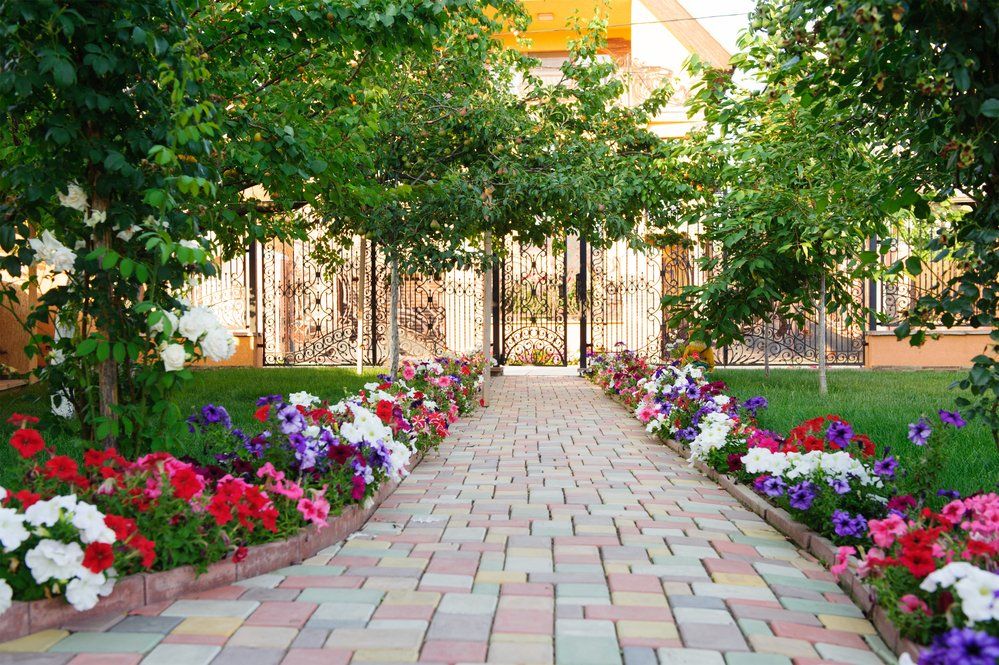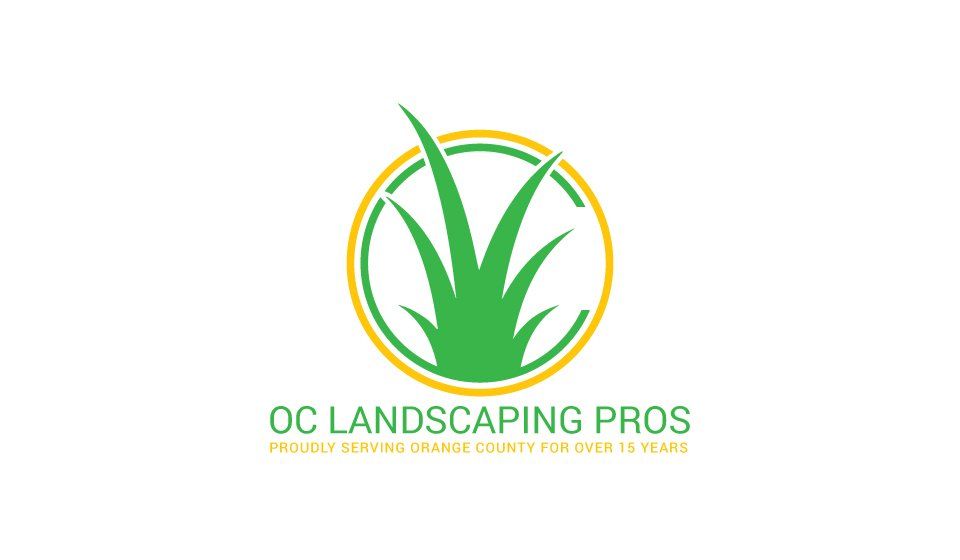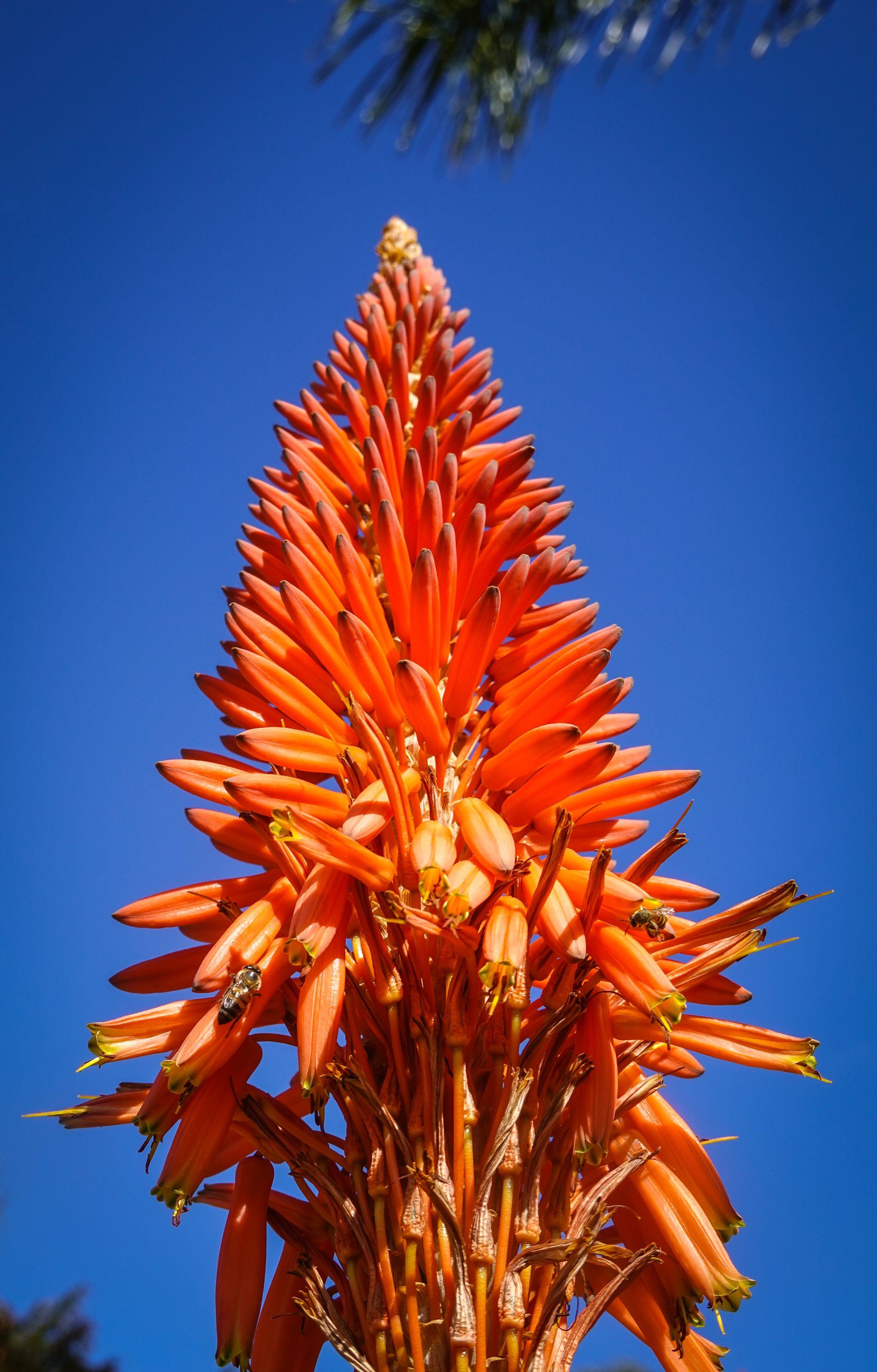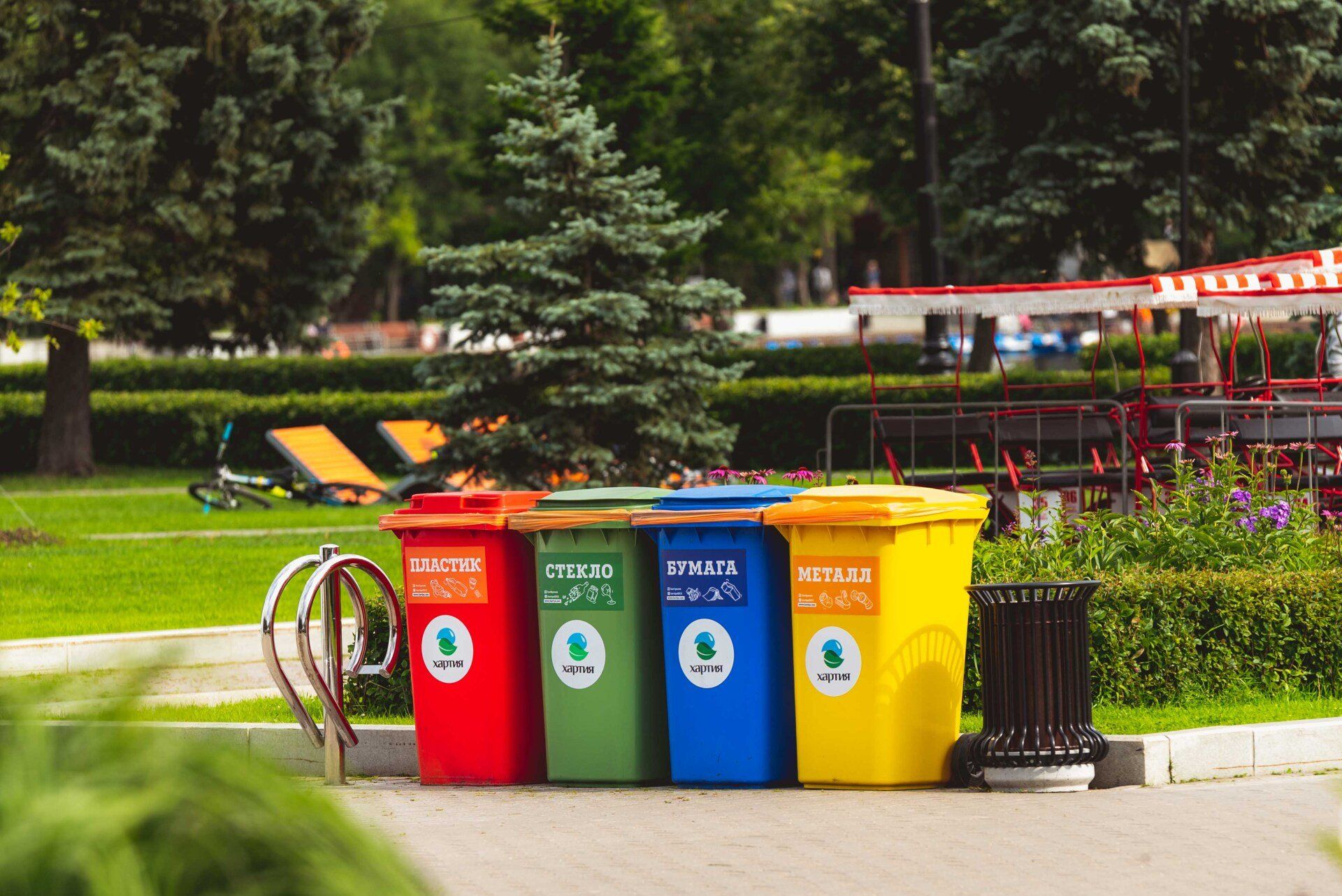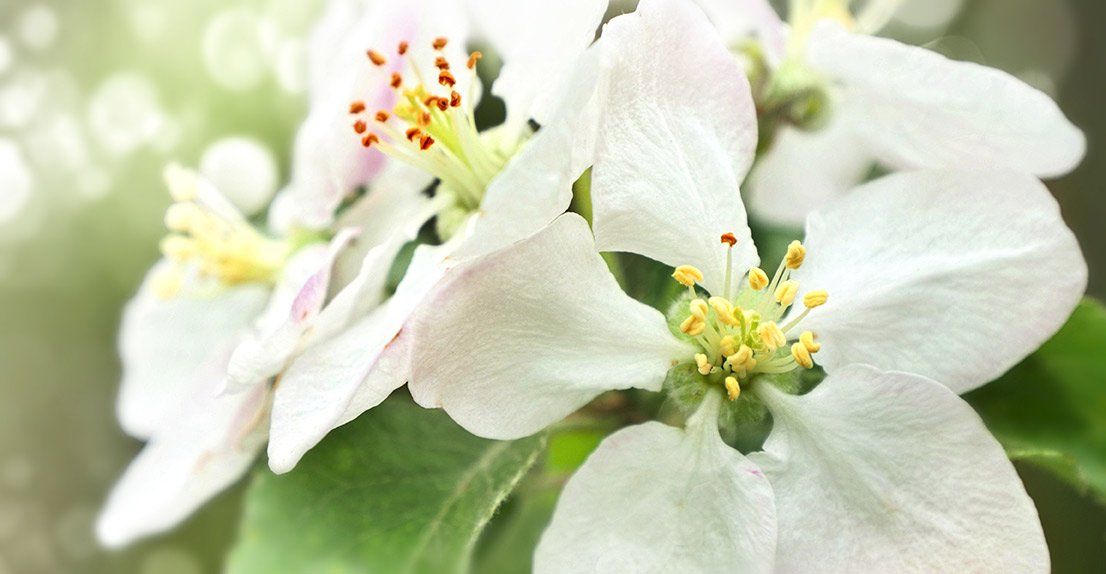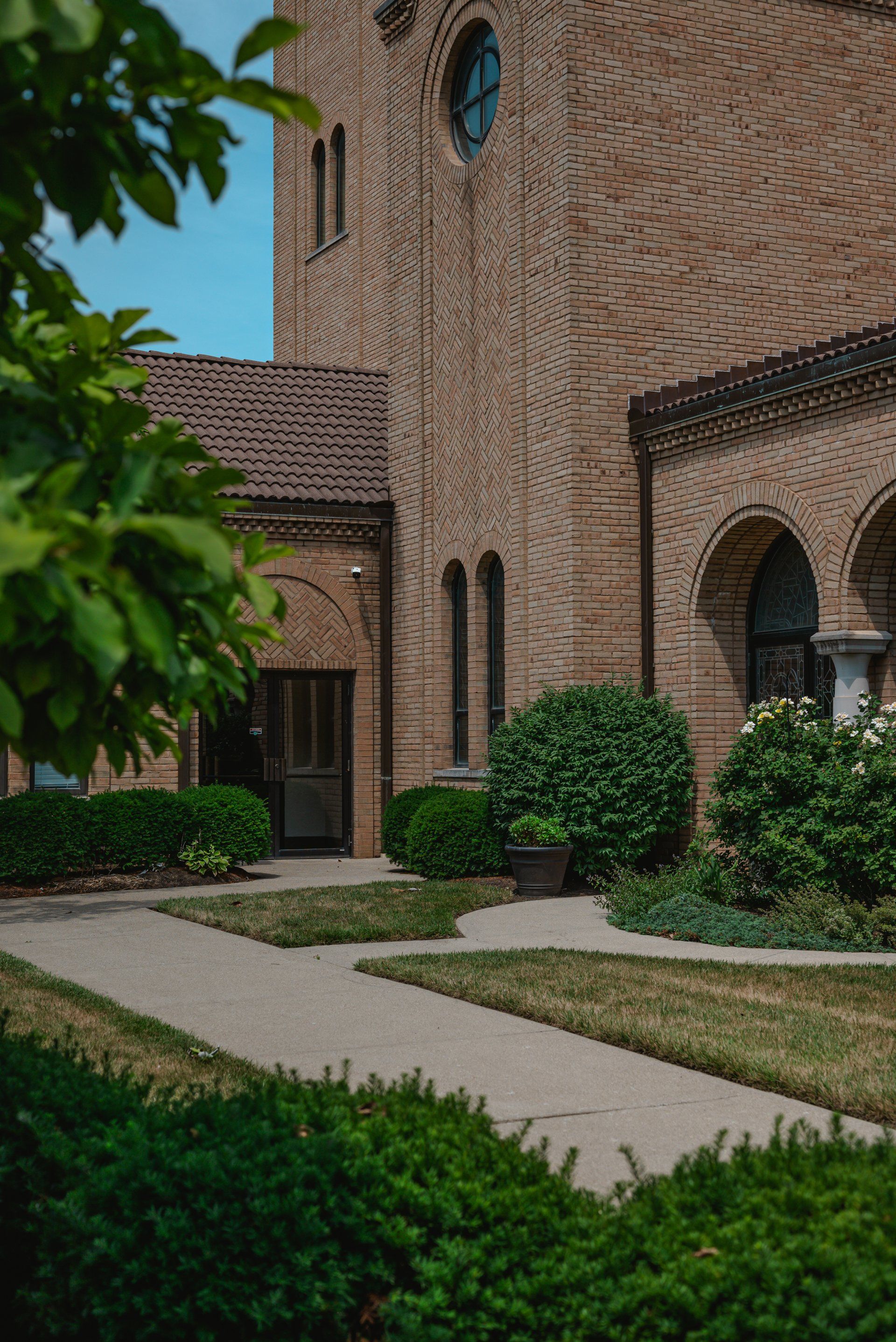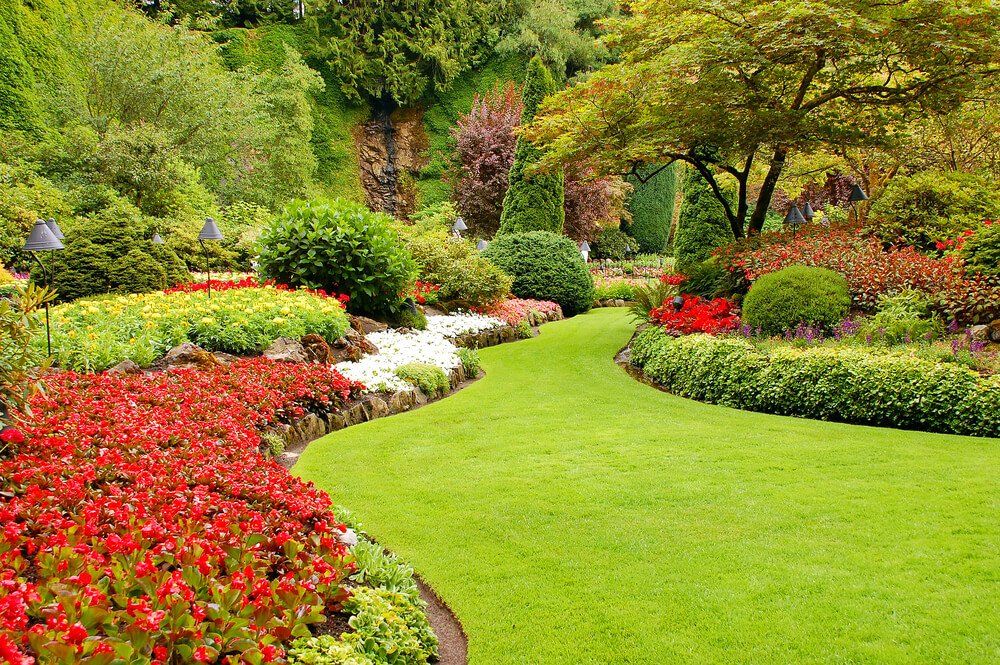Contemporary Garden Ideas: How to Make a Contemporary Garden
Contemporary Garden Ideas: How to Create a Contemporary Garden
What's a Contemporary Garden?
A contemporary garden is a lot different from the traditional gardens of old. Chairs, tables, and other furniture are usually found in contemporary gardens to make them more friendly, and there's always a focal point-a statue or fountain for instance-to catch your eye as you walk through the space. You can find contemporary flowers like lavender too!
Traditionally, people have tended toward symmetrical designs with geometric shapes that were easy to maintain but they're not what we see on contemporary landscapes anymore. These days contemporary gardens often feature asymmetry which means no two plants are alike; this provides an interesting look without being hard to care for. Additionally, contemporary landscaping uses mostly natural materials so all these beautiful textures will create interest.
How to Design a Contemporary Garden?
● Choose a contemporary garden design that fits your needs:
Some people can often get hung up on trying to please other people instead of pleasing their own design tastes. Remember, this is YOUR garden and should be exactly how YOU want it.
● Focal point gardens are great for people with small yards because it focuses the attention on one particular spot. You can also make an existing space feel more contemporary by incorporating contemporary features like furniture and asymmetrical designs.
● Choose contemporary plants to match your style: A lot of contemporary flowers have names like lavender or coneflower, so you'll know they're right in line! There are lots of other options too though if these don't sound appealing just yet; maybe tulips or snapdragons? - Asymmetry is key in contemporary landscapes so be sure to take this into account when designing your backyard.
● Hire a professional to design your garden if you feel unsure. You can contact OC Landscaping Pros here.
What Materials Are Best for a Contemporary Garden?
Using natural materials for hardscaping like rock, marble, and brick is good. You can also use contemporary furniture like benches and chairs to add character.
Contemporary gardens are so fun, fresh, and new! Remember that you're the boss of your own backyard; make it exactly how you want it without feeling obligated to please anyone but yourself. If the contemporary design isn't for you, there are always traditional or even modern landscaping options too!
What materials should I use in a contemporary garden? - There are tons of different natural stones out there that would be perfect for hardscaping. You could go with marble bricks or rock if those types of things appeal more than other materials (which they typically do). Alternatively, contemporary furniture is super popular right now because people love being able to bring their indoor styles outdoors.
What Plants Work Best in a Contemporary Garden?
Lots of contemporary plants are great for contemporary gardens. They're usually easy to maintain and offer some sort of eye-catching design. A well-designed garden uses every plant for a purpose. For example, that purpose could be drawing attention to a focal point.
You'll find a lot of great flowers at the nursery that will work well with this type of design because they can be creatively arranged and often offer an eye-catching pattern or color. For example, lavender is popular right now! There are also tulips and snapdragons which would do wonders too. Asymmetrical designs are really important when designing contemporary landscapes; keep it in mind while choosing what types of plants would go best in your space.
Lighting Is Important for Contemporary Gardens
For contemporary landscapes, lighting is a great way to create an ambiance. You can find contemporary fixtures on the market for this type of design and it's so worth it. One great thing about contemporary lamps is that they're designed specifically with these types of spaces in mind; you won't have any trouble finding one!
The best type of light fixture would be something like solar lights or string lights because those are easy to place anywhere without worrying if there will be enough electricity. This also leaves the choice up to you: do you want them strategically placed as accents? Or maybe more just randomly scattered around your space (you could even use candles too!) - Lighting creates an atmosphere that makes all the difference when designing contemporary landscaping.
Water Features Make a Huge Difference!
Water features are so contemporary; they're a great way to add life and character. You can either buy or create your own contemporary fountain, but it's worth the investment because you'll be able to have water trickling down from any height (even if that means on top of some rocks!)
There are many different types of fountains out there: ones with running water like a stream or waterfall would work best in this type of landscape design. If you want something more subtle then look for sculptures instead which could take on an abstract shape; these also make really good focal points!
Conclusion
If you don't feel confident making your own contemporary garden yet, never fear because there are plenty of professionals out there. If you are in the Orange County area you can hire us to do your landscaping or take a class if you're interested.
This article has provided a contemporary garden guide and tips to help you create your own contemporary landscape. In addition, we’ve included some useful information on what types of plants work well in contemporary gardens as well as lighting fixtures that would be perfect for contemporary landscapes. If you are interested in getting started with this type of landscaping or want more ideas, don't hesitate to reach out! Our team is ready and waiting to partner with you on creating the perfect outdoor space no matter what design style works best for you.
